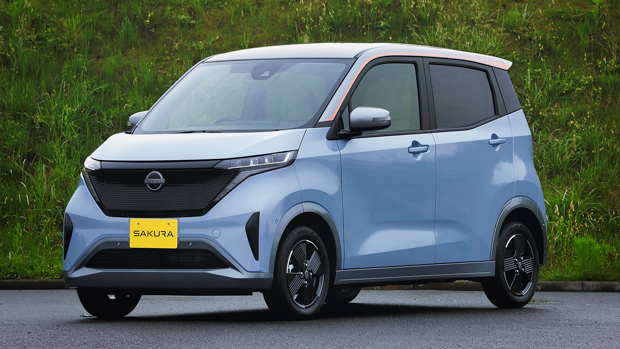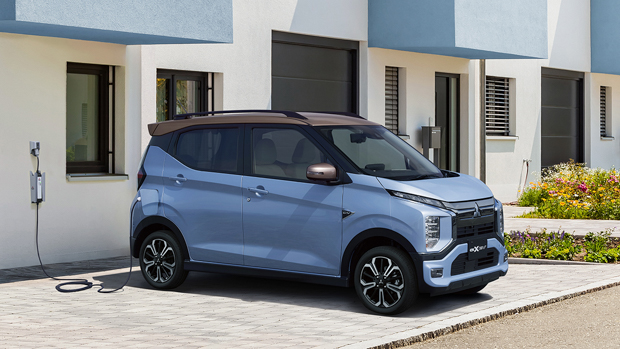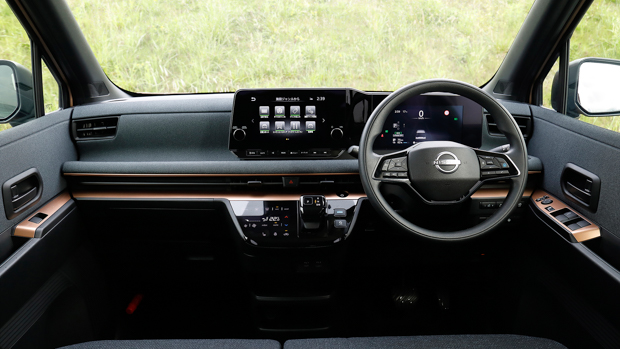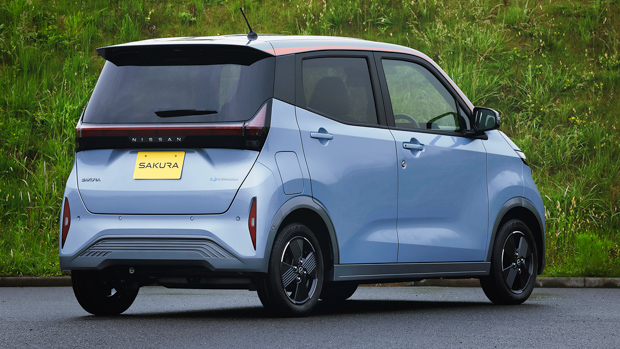-
Car Reviews
- All reviews
- Midsize SUVs
- Small cars
- Utes
- Small SUVs
- Large SUVs
- Large cars
- Sports SUVs
- Sports cars
- Vans
Latest reviews
- Car News
-
Car Comparisons
Latest comparisons
- Chasing Deals
They’re highly unlikely for Australia, but demand for affordable electric cars grows apace and such five-door city micro cars could ultimately prove popular
Nissan and Mitsubishi have jointly unveiled Japanese market mini electric vehicles, or Kei-car EVs, to go on sale in a matter of months.
The Nissan Sakura and Mitsubishi eK X (Nissan wins the sensible naming contest) will be the brands’ entry-level electric models, costing from approximately AU$26,000 (before rebates) when converted from Japanese currency.
The battery-power city slickers have an all-electric range up to 180km (WLTC) from a 20kWh battery, offer 47kW and 195Nm from their electric motor and have a respectable top speed of 130km/h. The torque is almost twice that of petrol kei car equivalents.
To qualify in the kei car class – and enjoy tax and insurance benefits – power mustn’t eclipse 47kW and length mustn’t exceed 3400mm. The Sakura and eK X stop the tape at 3395mm, are 1475mm wide and 1655mm tall. As the pictures show, a punched-in-the-face style helps achieve the strict length restriction.
For comparison, Australia’s best-selling micro car is the Kia Picanto with 3595mm x 1595mm x 1485mm dimensions. The electric Kei cars win with cabin height and also boast a 2495mm wheelbase vs the Picanto’s 2400mm, suggesting interior space may not be as horrendous as you’d fear.
Both boxy five-door kei cars weigh in at around 1070kg, seat four and have very stingy boot room of 107-litres – less than a Mazda MX-5’s. Positively, your turning circle is just 4.8m so three-point turns could be a thing of the past.
Charging time (from zero to full) with a household socket takes around eight hours. Fast charging gets you to 80 percent in about 40 minutes.
Nissan says its Sakura “follows the Leaf and Ariya as a mass-market EV… and will make EVs much more accessible to customers in Japan.” It boasts a ‘minivehicle first’ with its ProPilot Park, which automatically controls steering, acceleration, braking and shifting while parking.
The cockpit has a 7.0-inch digital driving display plus a 9.0-inch horizontal infotainment screen running wireless Apple CarPlay and wired Android Auto. In line with its fun nature, there are 15 body colours to choose from, including two-tone options.
Nissan said the Sakura’s battery can also be used as a mobile power source during emergencies and provide ‘a day’s worth of electricity to a home.’ Very cool.
Mitsubishi said its eK X also offers self-parking, the 7.0-inch/9.0-inch screen pairing and ability to use its battery to power your home. Less fun though, with just ten colour choices.
Will we see this pair hit Australian shores? Highly unlikely. Australia’s appetite for city cars is perplexingly near non-existent, and our electric car sales are hardly hitting it out of the park.
But with electric car demand now massively outstripping supply in Australia – Tesla Model 3 waiting lists and Hyundai Ioniq 5s and Kia EV6s selling out in minutes attest to that – there’s clear call for more EVs on our market. Not least affordable ones.
Mitsubishi saw a business case in 2010 for bringing the over-priced and underwhelming i-MiEV electric car into Australia, and its dimensions mirrored the Sakura and eK X. Considering that, Australian electric kei car fans needn’t give up all hope.
Latest news
About Chasing cars
Chasing Cars reviews are 100% independent.
Because we are powered by Budget Direct Insurance, we don’t receive advertising or sales revenue from car manufacturers.
We’re truly independent – giving you Australia’s best car reviews.



